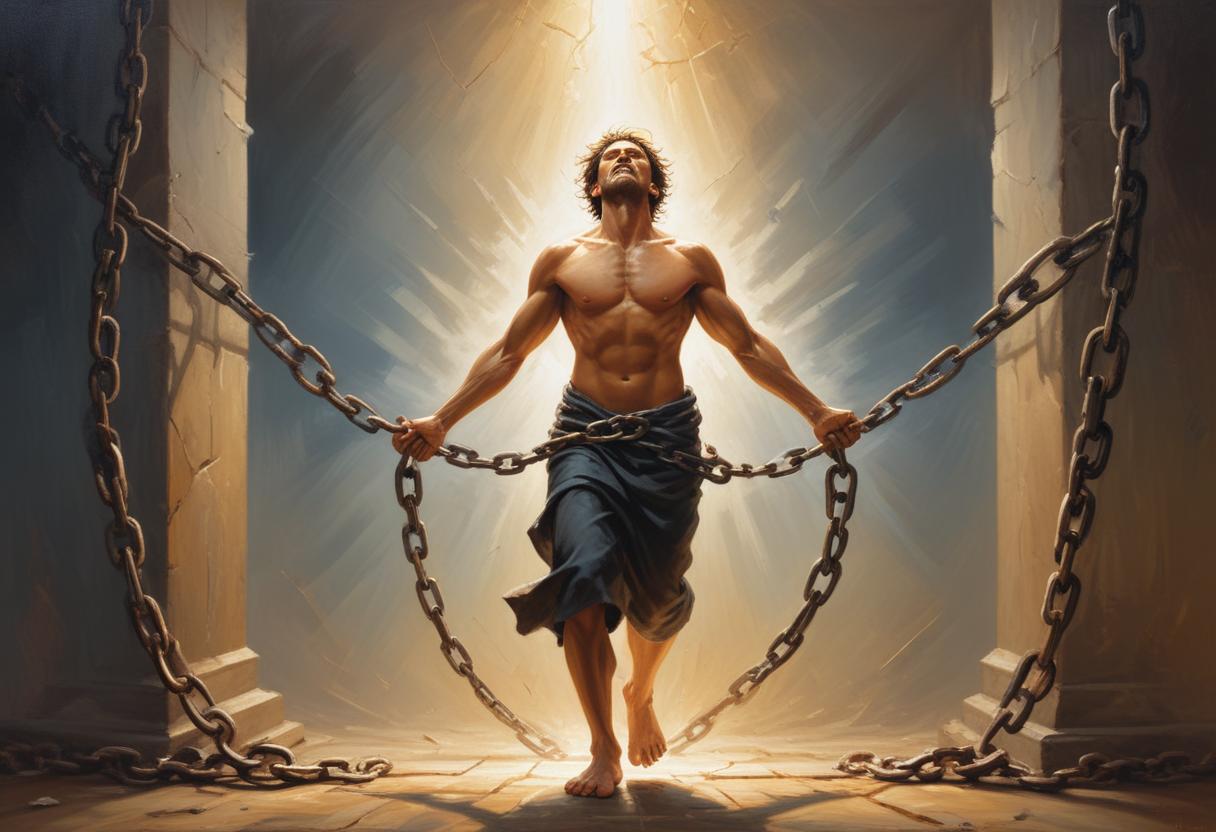
The Bhagwat Katha or Bhagwat Purana is one of the 18 Puranas of Hinduism, which delves into the narratives of Lord Vishnu and Lord Krishna
Bhagwat Katha, also known as Srimad Bhagavatam, has its origins in ancient India. It is believed to have been composed by the sage Vyasa, who is also credited with compiling the Mahabharata and other important Hindu texts. The Bhagwat Katha is considered one of the Puranas, a genre of ancient Indian texts that contain mythological stories, religious teachings, and historical accounts. The text is written in Sanskrit and is revered as a sacred scripture by followers of the Bhakti movement and Vaishnavism. The Bhagwat Katha is known for its profound spiritual teachings and is often recited or narrated in religious gatherings to inspire devotion and impart moral lessons.
संबंधित विषय
Bhagwat Katha
ये भी पढें
Bhagwat Katha: भगवत कथा में से शीर्ष 10 सीखें
Top 10 Learnings from Bhagwat Katha
This sacred text comprises around 18,000 verses and is usually recited over a period of 10 days by a Kathavachak (narrator) The Bhagwat Katha provides profound insights, a new perspective, and a complete transformation for those who listen to it, leading to a sense of liberation and freedom from illusions of bondag..The Bhagwat Katha is a significant scripture for the Vaishnavites, as it narrates the story of Lord Krishna in detail, covering various aspects of life, including social, political, and economic systems. It is not just a scripture about self-liberation but also a guide for resolving day-to-day problems and conducting human affairs.
The narration of the Bhagwat Katha is often organized for various reasons, such as raising funds for medical institutions, providing relief to those affected by natural calamities, funding schools and colleges, and promoting rural development. However, its primary purpose is to uplift and benefit society, helping people understand God and learn the path to reach him, fostering spiritual growth, and encouraging righteousness and virtue.The Bhagwat Katha has been traditionally narrated in the presence of a Vyas Peetham, a seat from where knowledge is expounded and explained in detail. The narrator is referred to as Vyas, emphasizing the qualitative nature of the position rather than the individual.In the past, the Bhagwat Katha was often organized during times of grief and mourning, providing solace, comfort, and a philosophical vision to those experiencing sorrow and fear.
ये विडियो भी देखें
Bhagwat Katha: भागवत कथा लाइव | अनिरुद्धाचार्य जी | वृन्दावन | Sep 2024
Video Bhagwat Katha: श्रीमद् भागवत कथा | श्री अनिरुद्धाचार्य जी महाराज द्वारा वृंदावन में | Day 3
Video: Bhagwat Katha: Day 2 आचार्य श्री प्रदीप मणि जी
The Bhagwat Katha is described as “Shoka Moha Bhayapaha,” meaning that it destroys attachment and removes sorrow and fear.In recent times, the Bhagwat Katha has been used as a tool for preserving culture and fostering brotherhood, emphasizing the importance of maintaining cultural heritage and traditions in a rapidly changing and interconnected world. The Bhagwat Katha offers a unique opportunity to connect with one’s roots and cultivate a sense of unity and solidarity among communities.
The Bhagwat Katha is a scripture that provides profound insights into the essence of life, freedom, and human conduct. Through the communal recitation of the Bhagwat Katha, societies can nurture spiritual development, promote ethical behavior, and safeguard their cultural legacy, fostering a sense of solidarity and harmony in our interconnected global community.


